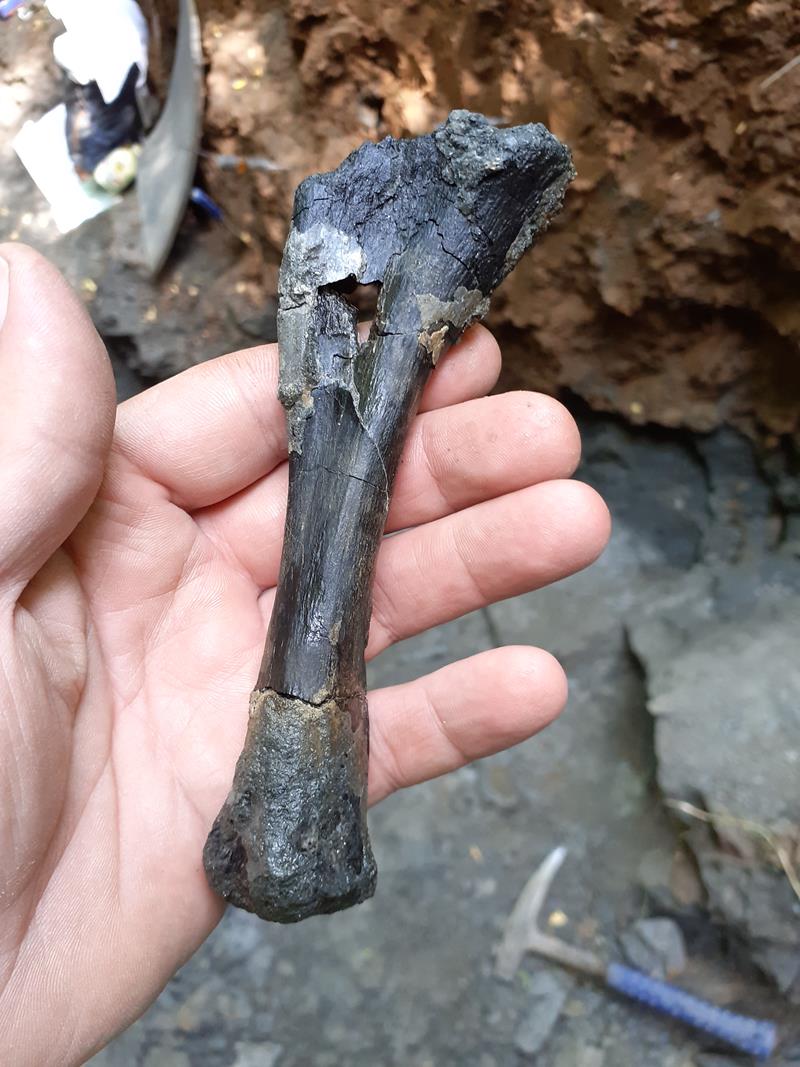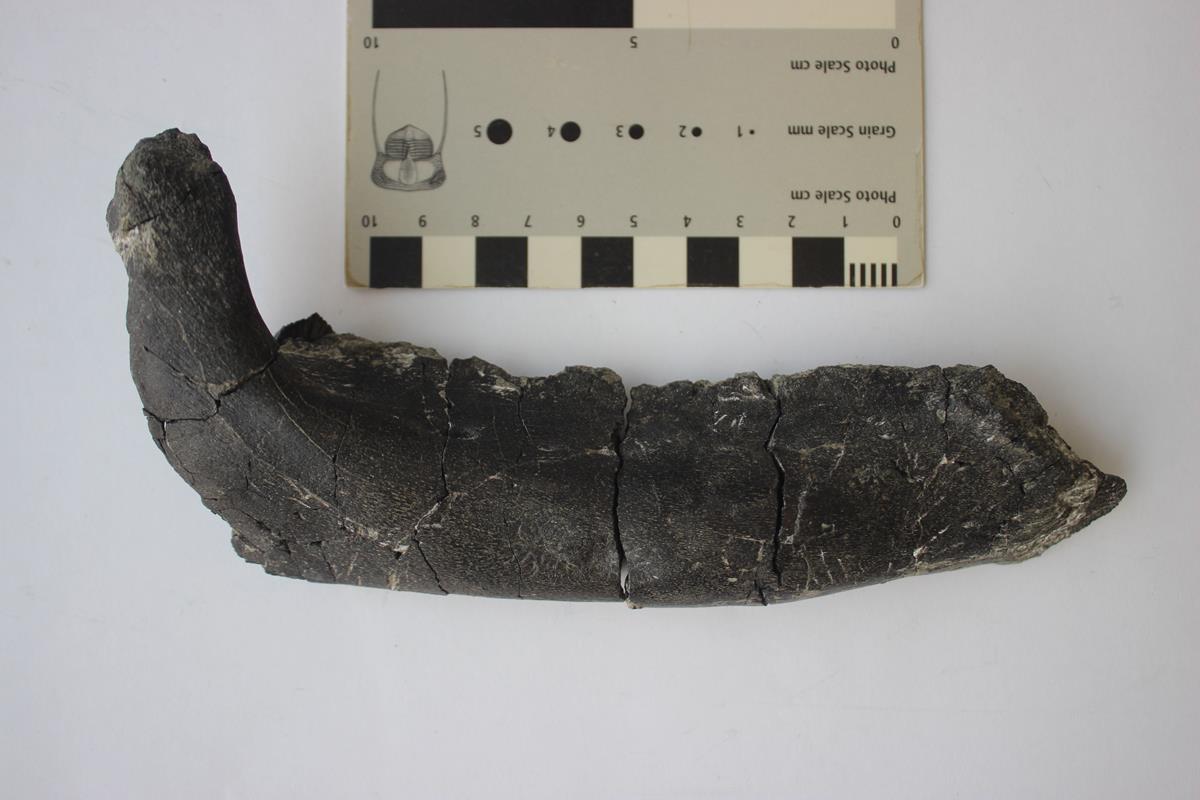PHOTOS: Hungarian research team finds dinosaur remains near Vajdahunyad

An international team, led by Hungarian researchers from the Department of Paleontology at ELTE, has been conducting excavations near the Valiora settlement in Transylvania since 2019. Among their discoveries are numerous remains of vertebrate bones dating back to the very end of the Cretaceous period. These findings are currently undergoing scientific analysis, and the initial results on the dinosaur remains have recently been published in Cretaceous Research.
Which species do these finds belong to?
Helló Magyar reports that the most common dinosaur fossils uncovered belong to a relatively small, predominantly bipedal herbivore species within the Rhabdodontidae family – the primary focus of the recent publication. János Magyar, a PhD student from ELTE’s Department of Paleontology, elaborated on the discoveries:
“While closely related species of the dinosaur family are documented on other continents, such as North America and Australia, the Rhabdodontidae family itself was endemic to the European archipelago approximately 85-66 million years ago. This group of relatively small animals currently comprises 9 species. Several of these have been described in the past two decades, thanks to systematic excavations. However, the partial skeletons we have now collected suggest that this family of dinosaurs may include additional unknown species, indicating a far greater diversity than previously believed.”
Continuous research since the 20th century
A legacy of continuous research since the 20th century, the Hátszegi Basin in Transylvania has been renowned for its rock layers containing remnants of dwarf dinosaurs from the Late Cretaceous. The first dinosaur remains were studied by Baron Ferenc Nopcsa in the early 1900s. The ongoing excavations in the Valiora Valley, now in their fourth year, have unearthed new discoveries, contributing to the basin’s geological understanding and shedding light on the former habitats of these dinosaurs. Gábor Botfalvai, heading the excavations, shared insights:
“The K2 site, the origin of our latest assemblage, is situated in the westernmost part of the Hátszegi Basin, where the oldest (~71 million years old) terrestrial rock layers within the basin are found. However, these rocks containing bones not only differ in age from other dinosaur sites in the basin but also indicate a wet, marshy, lake environment – a contrast to the floodplain community observed in other basin sites. The distinct environment and the site’s age suggest that our research provides a glimpse into a fauna with a significantly different composition, which will require further exploration to fully comprehend”.
Regarding the remains
According to the researchers, the most recent finds represent the most complete rhabdodontid skeletons from the western region of the Hátszegi Basin. The bones are extremely well preserved. Miraculously, they have endured relatively little breakage and wear over millions of years. Furthermore, they feature bone elements previously unknown in any Rhabdodontida dinosaurs. Another noteworthy aspect is that the finds from site K2 originate from at least two specimens of the same species, similar in size, encompassing various skull elements and bones from different parts of the body, such as vertebrae and limb bones. Given the extreme rarity of such remains, the absence of a complete skeleton poses a challenge for the dedicated research team.




Read also:
- How was Turanism present throughout Hungary’s history?
- Reviving heritage: Renovation beckons for Hungary’s oldest Church in Zsámbék – PHOTOS
Source:




Rumor has it that the Regime has already planned a new museum in Budaoest, run by some Schmidt-like “expert”, dedicated to the Orbán tribe’s dino, whose discovery proves how some 85 million years ago the Magyars already inhabited “Greater Hungary”…
There is a place in Nova Scotia not too distant from 2 of my properties that they keep finding amzing skelotol remains & rocks with amzing imprints. The interesting thing is that a young guy is the luckiest beach walker in that some of the best finds, are his randome sightings, which when excavted are super finds or great value. Some day, I hope to just walk the area to try my own luck. The topic is of huge interst since we still have so many questions about earths’ past, all the while plans being made by Elon to take us to other planets.